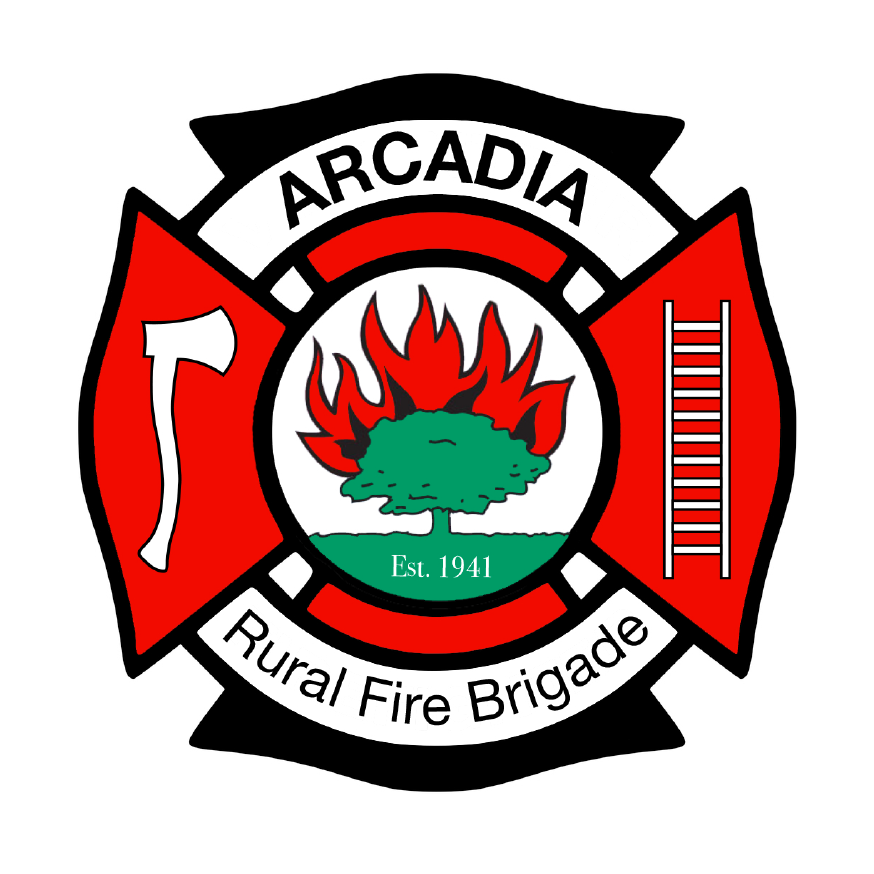Every year as the weather cools down we get a run of calls from people because their house has filled with smoke the first time their wood fire is lit. Smoke going into the home or the roof space is a scary issue that is easily prevented with a regular chimney inspection and clean.
One of the problems that chimneys have is deposits (commonly creosote) on the inside of the structure as the fire is used over the winter. This can lead to reduced airflow and smoke not entirely escaping to the atmosphere and instead moving into the living areas or the roof space. Another problem is the incorrect installation or incomplete joins in the chimney which can leak smoke to the roof space. These can be caused by rust or corrosion over time and may lead to carbon monoxide escaping as well as smoke. Carbon monoxide is a poisonous, colourless and odourless gas that is harmful to people.
Photo by Ian Fuller
Using a wood fire correctly will reduce the amount of smoke that is produced and reduce the likelihood of smoke getting into your home (as well as keeping the air cleaner outside). There are a few ways to reduce smoke in a wood fire:
- don’t overload the fire as this will starve the fire of oxygen and cause it to smoulder and create more smoke;
- burn only dry, seasoned, untreated wood;
- use smaller logs instead of only one large log;
- keep the fire burning brightly for the first 20 minutes after lighting and reloading - the faster you can get the fire going the less smoke there will be;
- always have a visible flame if you plan to keep the fire going overnight.
A Google search for ‘Chimneysweep’ will give you phone numbers for someone to come and do an inspection and clean of your chimney and ensure the safety of your family and home.
Some information taken from the Woodheaters and woodsmoke information sheet published by the Federal Government.


